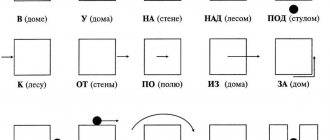The foundations of correct pronunciation begin to be laid in childhood. If a child has any speech defects, this should under no circumstances be ignored. After all, such a nuisance will accompany a person throughout his life. From a very young age, it is important to monitor the process of proper sound formation in a child. But how to set the sound? How quickly can you deal with this defect if you notice deviations from the norm? In this article we will look at how the correct production of the “R” sound occurs.
Reasons for incorrect pronunciation
Every parent wants their child to develop fully, including his speech development. The sounds “R” and “R” are especially difficult for children. Making these sounds requires a little more effort and patience than in other cases. The child must make clear movements with the organs of the speech apparatus, automatically taking their correct position, and it is also necessary to obtain the correct vibration of the tongue for this sound.
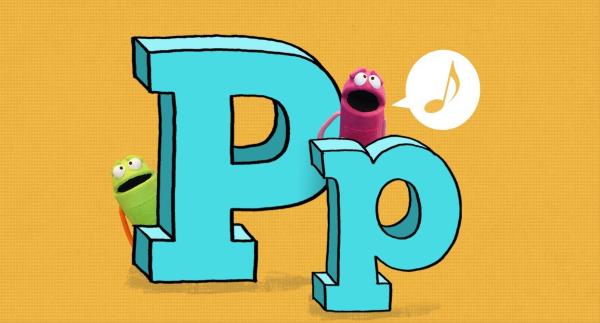
If your child has difficulty reproducing the letter “P,” then the best thing to do is contact a speech therapist. He will most quickly be able to suggest how to teach a child to say this sound correctly. Most often, doctors encounter the following pronunciation problems:
- Replacement with other sounds. Most often, children pronounce the letters “Y”, “L” and “Y” instead of “R”.
- Swallowing sound in words. This usually occurs when “P” comes before or after a vowel.
- Excessive vibration. In this case, it is clear that the child is saying the letter “R”, but the unnecessary vibration slightly distorts the sound.
How can you tell that something is wrong with your pronunciation? For this purpose, you need to ask the child to reproduce only the sound “R”, and then some word with it, for example, tree.
If there is a problem when pronouncing an isolated sound, then you need to focus your efforts on it. If the child incorrectly reproduces the letter in words, then in classes it is important to train on words where letters such as “O”, “A”, “U”, “I” come before or after “P”.
Incorrect speech can be caused by several reasons. In order to determine them, you need to consult with an experienced speech therapist. Having established the true reason, he will be able to suggest how to teach the child to pronounce the sound. And the following factors may be the culprits.
Speech breathing problems
Speech breathing is the basis for the correct pronunciation of all existing sounds. It can be disrupted due to the development of chronic runny nose, pathologies of the adenoids, heart and blood vessels, and lungs. A speech therapist will help you practice the correct breathing process during a conversation.
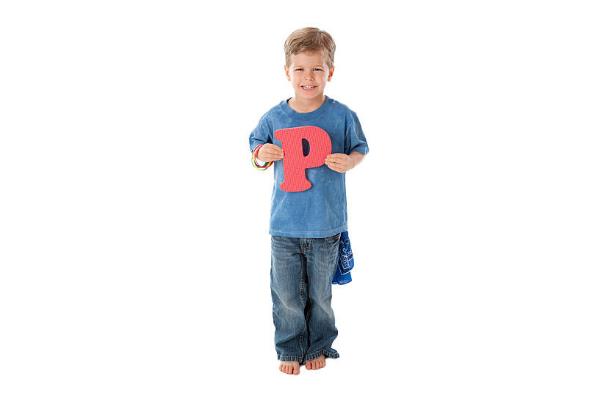
He will be able to develop a training scheme taking into account all the characteristics of the child’s body. Typically, rapid production of the sound “R” in children is carried out using a complex that includes words with this letter and special exercises.
Hearing impairment
This developmental defect in children can also greatly affect the child's speech development. Children try to imitate their parents in everything, in particular in speech.
If after 4 years of age a child swallows sounds or greatly distorts them, then a phonemic hearing disorder may occur. When a child simply cannot correctly repeat what was said to him.
Insufficient development of speech organs
In order for speech to be understandable and correct, it is necessary to have a developed articulatory apparatus. Articulation gymnastics helps to prepare him well. Thanks to it, muscle tissue is strengthened, and the skill of correct placement of the speech organs is practiced during the pronunciation of a particular letter.
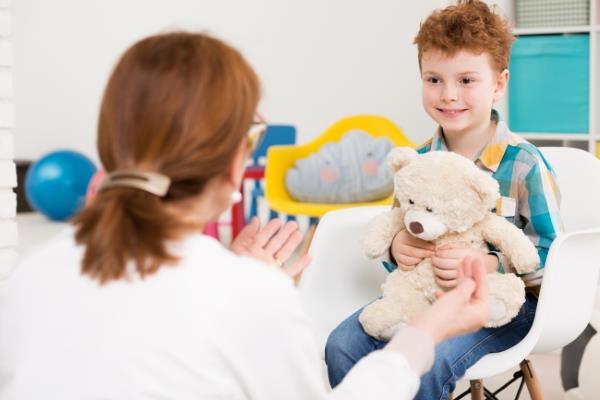
Articulation exercises can be carried out in a playful way, which will interest the baby more. On our website there is specially selected articulation gymnastics for the sound “R”.
Individual structure of the frenulum
It also happens that producing the sound “R” causes difficulties due to the physiological characteristics of the baby, namely the unusual structure of the frenulum. This defect prevents the tongue from moving freely, which prevents correct production. Only a specialist can detect underdevelopment of the ligament.
In this case, the way to teach a child to speak without defects may also be special articulatory gymnastics and exercises or surgical intervention. In the latter case, there is no need to worry, the operation is absolutely easy and safe.
Why can't my child pronounce the letter "r"?
The sound “r” sounds incorrect for the longest time and is therefore classified as difficult to pronounce. In order to master it, the speech apparatus must be well developed. Therefore, until the age of 5-6 years, while this process is ongoing, the correct articulation of the sound “r” is also gradually mastered.
Pronunciation is considered incorrect when:
- the sound “r” is skipped (hand - _uka, locomotive - pa_locomotive);
- is replaced by the sounds “l”, “g”, “y” that are accessible for pronunciation (red - classy, pencil - kagandash, tree - deyevo);
- pronounced with vibration of the lips and cheeks or gutturally.
The child begins to say the letter “r” by the age of 5-6 years. If this does not happen, then the reasons may be the following:
- Insufficient bridle length. It does not allow the tongue to reach the palate in front of the upper incisors and produce a vibrating “r” sound. In this case, frenulum massage and special exercises give good results, and sometimes surgical intervention is indicated.
- The articulatory apparatus is poorly developed. Inactive facial muscles and a lazy tongue cannot cope with difficult sounds. Grimacing and antics will serve you well: smile from ear to ear, purse your lips, stick your tongue out at your reflection in the mirror. Active movements of this kind develop the speech organs and make the pronunciation of sounds clearer.
- Incorrect breathing. Existing diseases of the respiratory system do not allow creating a powerful stream of air for a “menacing growl.” A combination of physical and speech exercises helps to overcome this obstacle on the way to the coveted clear “r”.
Preparation of the articulatory apparatus
Before you learn how to make a sound and start performing speech therapy exercises on the sound “R”, it is necessary to prepare the muscle tissue of the speech organs so that they can work at full strength. Articulation gymnastics is used for this purpose. The following exercises can be used:

"Crap". The baby needs to smile, open his mouth slightly, then put his tongue on his lower lip and hold it in this position for several seconds. You need to start with 3 seconds, gradually increasing the time, but the result should be no more than 10 seconds.
“Punish the tongue.” To do this, you also need to position the speech organs, but no longer hold the tongue, but slap it with your upper lip, while pronouncing “Pya.”

"Jam". This exercise is performed as follows: open your mouth slightly, and then move your tongue along your upper lip from side to side. You can actually put a little something sweet on your lip so that your child is more willing to do gymnastics.
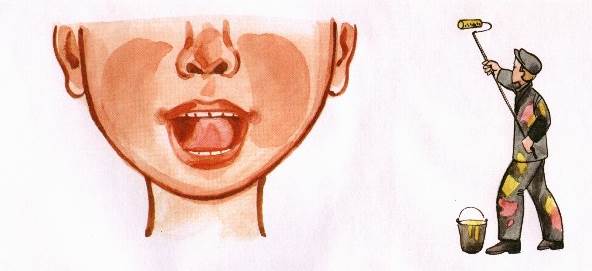
"Painter". The baby doesn’t have to open his mouth, but simply move his tongue across the palate, as if painting it. This is a good way to practice moving your tongue back and forth.

"Mushroom". The child will need to open his mouth slightly, smile, and completely “glue” his tongue to the roof of his mouth. Hold your tongue in this position for several seconds.
All of the above exercises for making the sound “P” must be performed before each lesson. They are indispensable in preparing the speech organs for basic training.
Speech therapist exercises for the letter “r”
How to teach a child to say the letter “r” if the reasons for its incorrect sound have been identified?
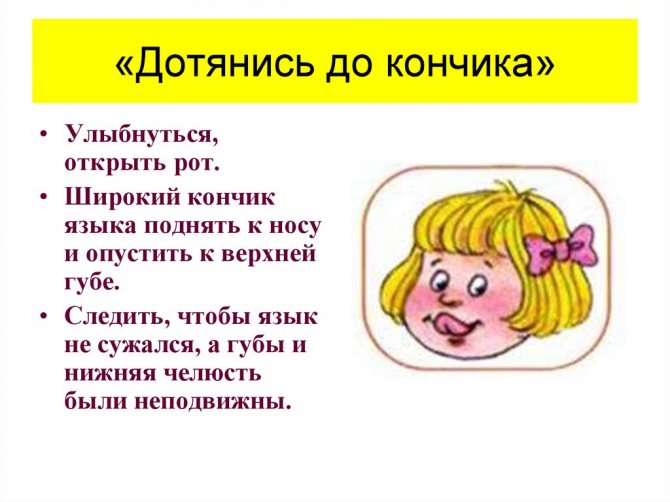
In case of insufficient frenulum length, the following exercises will be useful:
- we stretch our tongue to our nose, we try, because this is not an easy task; repeat several times during the day;
- We transform into a pet and try to lap milk from a bowl.
A light massage of the frenulum of the tongue with the index and thumb, and lightly stretching it for 2-3 minutes 2 times a day will also have a positive effect if you set out to teach your child to say “r” at home.
Breathing exercises
In order to pronounce the sound “R”, a directed stream of air is required. Therefore, it is important to practice the child’s breathing, especially if he has difficulties with this process.
A home exercise routine may include the following tasks:
- "Candle". To complete the task you will need a regular candle that needs to be extinguished. You can simply blow hard on it so that the light immediately disappears, or blow long and slowly so that it squirms. At first, the distance between the mouth and the candle should be small, and then it should be gradually increased to make the activity more difficult.
- "Storm". You will need a glass of water and a juice straw. The baby should inhale air through his nose and exhale through his mouth through a straw. Thus, a small storm is formed, causing the water to actively move.
- "Snowflake". The child should open his mouth, stretching his lips in a smile, and place his tongue on the lower lip. Then you should put a small piece of paper on the tip of the tongue and invite the baby to blow it off.
Each exercise should be performed no more than 4 times. In this case, inhalation should always go through the nose, and exhale through the mouth. It is also important that the child does not have any health problems, that is, there is no sore throat, no unusual coating on the tongue, and so on.
Sound production methods
Speech therapy offers a variety of ways to produce the sound “R”. You can use one method or several at once. During a consultation with a specialist, you can accurately decide on your classes.
Imitation
This is the simplest and most effective method of how to set sound. The speech therapist or parent sits with the child in front of the mirror and shows him the correct location and movement of the speech organs while pronouncing the sound “R”.
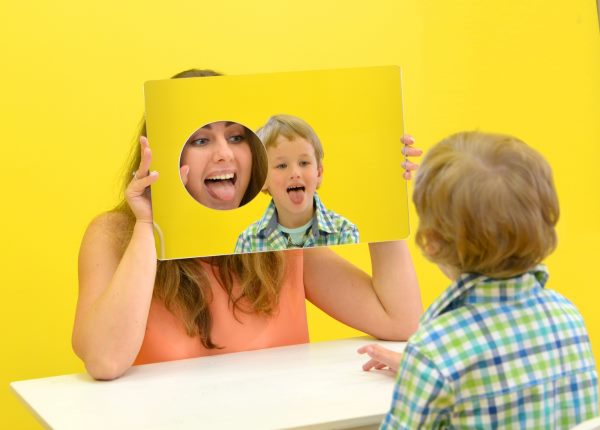
After this, the baby just needs to repeat after the adults, controlling the process using a mirror.
You can also imitate not only people, but also animals or some things. For example, excellent methods for putting the letter “R” are the following tasks: growl like a dog “R-R-R”, imitate machine gun shots “Tra-ta-ta”, purr like a cat “Pur-r-r”. This will interest the child more than simply imitating adults. But at the same time, you also need to monitor the location of the organs of articulation.
Setting the sound “R” from the sound “D”
Speech therapists often use a method to teach a child to say the letter “R”, as a production from the sound “D”. The baby needs to imagine that his tongue is a sail and needs to be inflated with the help of the wind. To do this, you need to pronounce the sound “D”, while blowing forcefully on the speech organ.
Over time, a “Drrr” sound will be heard during this activity. As soon as it becomes noticeable, you need to automate it immediately. To do this, you should use words where there is a combination of these two letters, for example, friend, fight, tree, and so on. More details can be found in our article, automation of the “R” sound.
Setting "R" from the sound "Z"
The essence of this exercise for the sound “R” in children is that the child must pronounce the sound “Z” protractedly. In this case, it is necessary to keep the tongue in the upper position. Then you should quickly move the tip of the organ along the tubercles, which are located behind the upper jaw. As a result, the sound “Wed” will be heard.
Making the sound “R” while inhaling
Another way to make sound is to inhale. The baby needs to pronounce the sound “C” for a long time, then take a short breath, sharply press the tongue against the alveoli and try to suck the tongue inside, like a snail into a shell. In this case, it is important to touch the tubercles with your tongue, otherwise there will be no sound.
Installation by mechanical method
To carry out this exercise, you can use a cotton swab or a toothpick with cotton wool. They should be perfectly clean, the edges should not prick the tongue. The wide tongue should be on the cusps behind the upper teeth. The child will need to say “Z” or “D” for a long time. In the case of “Z”, the result will be zzh, and in the case of “D”, it will not be a clear d.
At this time, the parent should place a stick under the tongue and move it to the sides to cause vibrations. The tongue should be tense and hold a strict upward position, letting in a stream of air only at the tip. As a result, the desired sound should be heard, similar to a rumble. To make it more fun for your child, you can tell him that you are starting the engine.
All of the above methods of producing the sound “P” can produce different effects relative to time. Some children begin to pronounce this letter from the first exercise, while others achieve success only after several days or even months of regular practice.
Home correctional exercises
Where to start staging sound at home? First you need to prepare your lips and tongue using articulatory gymnastics, which you read about above. Once you have prepared the base, start staging. There are several effective ways to stage it.
From the sound "d"
Ask your son or daughter to say “d-d-d” loudly. The tip of the tongue rests heavily on the alveoli (tubercles on the roof of the mouth). You need to speak protractedly and without stopping. The tongue is pressed tightly against the tubercles. At some point, the tongue will begin to vibrate, and the baby will say “ddd-rrr.” A start!
Then you can complicate the task: add syllables in which the vibrant sounds hard: “dra”, “dru”, “dro”.
When the baby masters the skill, it’s time to introduce vibrant into speech. Move on to pronunciation of words: “dragon”, “fight”, “friendship”, etc.
Then replace the syllable “dr” with “tr”. Let the baby say the words “coward”, “throne”, etc.
The final stage is to turn off the sound “d”. Choose other words and phrases, for example: “thunder - grenade”, “ford - beard” and others.
Method of setting from the sound “zh”
If the baby pronounces “w” correctly, you can build on it. Ask your daughter or son to forcefully say “w” and at the same time move the tongue as far into the oral cavity as possible. You should get a single-stroke “r”. You need to repeat this exercise until it is fixed, and then, by analogy with the first technique, we bring it to automatism and introduce it into speech: we start from the syllable “zhr”, then “dr”, “tr” and further.
Method of setting from the sound “s”
If the baby pronounces “s” correctly, you can build on it. It is usually pronounced while exhaling, but when placing the “r” it must be pronounced while inhaling.
Ask your baby to say “sssssss,” then inhale a little through his mouth and press his tongue against the bumps on the roof of his mouth. It should look like a short "r".
The further scheme is the same as with other techniques.
Introduction of vibrant into speech
In simple cases, you can not only teach your baby to pronounce “r” on your own, but also introduce it into speech. To do this, first bring the isolated sound pronunciation to perfection. And then introduce it into speech using the following exercises:
- first the baby pronounces it in syllables;
- then pronounces it in words, with different syllables: “r” should be at the beginning, and in the middle, and at the end;
- connect stories, proverbs, phrases - this is the final stage.
Do all the exercises in the form of a game - this is how little children learn any material well. You will need imagination to captivate your son or daughter. Classes should be a joy for the little one, otherwise he will be tense and even the most effective exercise will not help achieve the desired result.
Why don't classes help?
For what reasons may difficulties arise in staging sound at home?
Firstly, the baby is not 4 years old. Before this age, it is pointless to even try to put “r”, since it simply does not exist and cannot exist - this is the pattern of speech development in children. It appears the very last. Parents, don't rush things!
Secondly, incorrect articulatory posture. Should be normal
the lips are stretched, the tongue is raised up, its tip is trembling, there is a strong directed air stream, the vocal cords are vibrating. Perhaps the baby is simply adopting an incorrect articulatory posture. If there is insufficient movement, the “r” will not give in to it.
Thirdly, improper breathing. To be able to pronounce “r”, you need a strong directed air stream that makes the tip of the tongue vibrate. If the baby does not distinguish between mouth and nasal breathing, you need to first work on this point.
Fourthly, unformed phonemic hearing. The baby may simply not yet perceive “r” by ear and, accordingly, cannot distinguish it either.
Fifthly, organic reasons. We are talking about the structural features of the facial apparatus - a short frenulum, a large or small tongue, for example. This also includes neurological disorders.
If you exercise with your baby at home, but the exercises do not produce results, consult a doctor. He will identify the cause and offer effective treatment methods for your child.
conclusions
If you notice that your preschooler has problems pronouncing “r,” contact a speech therapist. The specialist will conduct speech therapy tests, evaluate your child’s articulatory apparatus and identify the cause of the disorder in sound pronunciation. This will allow us to develop a correction program that will be effective specifically for your child.
You need to exercise regularly. As a rule, classes take place 2–3 times a week. But parents should also be involved in the process. You need to continue doing the exercises at home - then the result will not take long to arrive.
If a consultation with a neurologist or surgical intervention (for example, cutting the frenulum) is necessary, this will allow you not to waste time and quickly solve the problem.
Typically, parents of children aged 5 to 6 years turn to a speech therapist. But if you notice a problem earlier, don’t wait - go to a specialist. But you shouldn’t go earlier than 4.5 years either.
